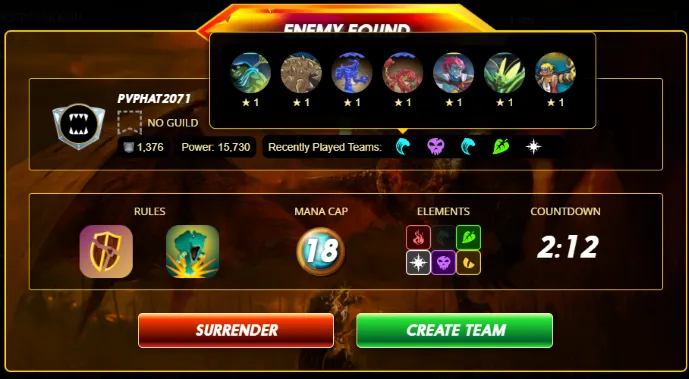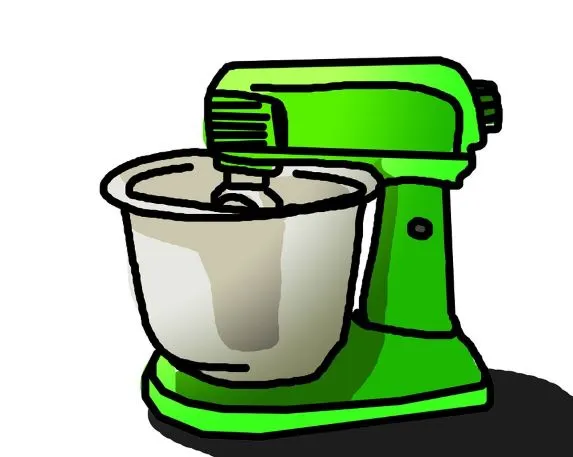Selecting which cards to bring into battle is a crucial skill in Splinterlands. If I were to describe Splinterlands as a game, at a high level it is rock paper scissors, with a small dash of pay-to-win. Importantly, it is rock paper scissors with a way to tilt to odds ever so slightly in your favor - by knowing what information you have on your opponent, as well as what information they have on you, you can give yourself the best possible opportunity to win each battle.

When entering a game, you receive a few important pieces of information - your opponent's name, their 5 game play history, and the battle conditions. By far, the most important thing is the conditions - which summoners or creatures you can bring, and any rulesets affecting the battle. While going into specific battle conditions would take all day, we can just say that for each set of conditions, there are usually a few different team compositions which will have a reasonable chance of success. Learning those compositions and, crucially, how well they play against each other, is an big key to improving your rating and moving up in leagues.

This is an example of what you might see while entering a match - note that you may need to mouse over the icons listed in "Recently Played Teams" in order to see the specific cards.
Other than the battle conditions, the other pieces of information you receive while going into battle are separate but related - your opponent's user name and play history. For most players in the lower leagues, the user name will not mean much. However, if you are a the higher rating tiers or happen to be playing during low volume times of day then you may begin recognizing a name or two. Either way, based on screen name and/or play history you can get a small look into your opponent's play style and card collection.
While choosing your lineup it is important to be mindful of both your opponent's history and your own. Did your opponent use the same splinter or lineup 5 times in a row? If so, you may want to consider choosing a lineup which directly counters it. Or maybe you did? This is where we come to the idea of a mixup.

I'm not sure where the term "mixup" in the context of gaming originated from, but the first place I heard it was in the context of fighting games. The idea is to use a variety of attacks so that it is harder for your opponent to block. This concept directly applies to Spinterlands - if you use the same cards every time then your opponent will have an easy time countering you. If you vary your lineup then they won't know what to expect and can potentially pick an awful set of cards against you, resulting an in easy win.
The slightly oversimplified idea is "don't use the same cards every time". If there's a specific strategy that is so strong that it can't be beaten in a specific ruleset, then definitely use that. But other cases - remember to check your battle log before entering a match, take a look at your opponent's as well, and then make sure that you are not predictable - being predictable is a sure path to a lower win rate.
Remember that this will not win you every game, Splinterlands uses a matchmaking system and your win rate will tend to average around .500. However, by confusing your opponents and maximizing the utility you get out of you collection, you should be able to maintain a higher rating and greater DEC gains over the course of a season.

Thank you so much for reading all the way to the end. Interested in seeing some more of my writing in the future? Be sure to give me a follow! In the meantime, if you'd like to see some of my recent posts:
- Investing in a Changing Meta - Chaos Legion is Coming! - some things to keep in mind during the release of Chaos Legion.
- That's So Meta: Defining the Meta - an introduction to the concept of a metagame, and how to analyze it.
- How Much Can you Earn? DEC Gains in each Splinterlands League - a breakdown of DEC earnings in each league.
Thinking about giving Splinterlands a try but haven't signed up yet? Feel free to use my referral link, and be sure to reach out to me if you have any questions!